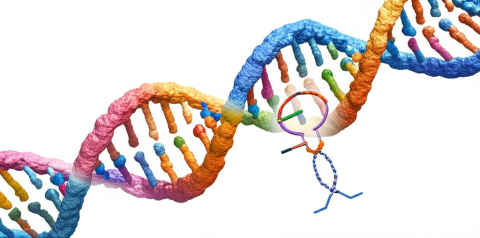Clustered Regularly Interspaced Short Palindromic Repeats (CRISPR) associated protein 9 (Cas9) has revolutionized the field of gene editing, offering unprecedented precision and efficiency in modifying genomic sequences. This article provides an overview of the CRISPR-Cas9 system and its applications in the context of inherited genetic diseases. We discuss the underlying mechanisms of CRISPR-Cas9, including guide RNA design and DNA cleavage, and highlight recent advancements in enhancing its specificity and reducing off-target effects. Furthermore, we examine the preclinical and clinical studies that have employed CRISPR-Cas9 to target various inherited disorders, such as cystic fibrosis, Huntington's disease, and sickle cell anemia. The ethical considerations and challenges associated with the clinical translation of CRISPR-Cas9 technology are also addressed. This summary underscores the transformative potential of CRISPR-Cas9 in developing curative therapies for genetic diseases while acknowledging the importance of responsible innovation.
Image

Last updated: May 15, 2025


